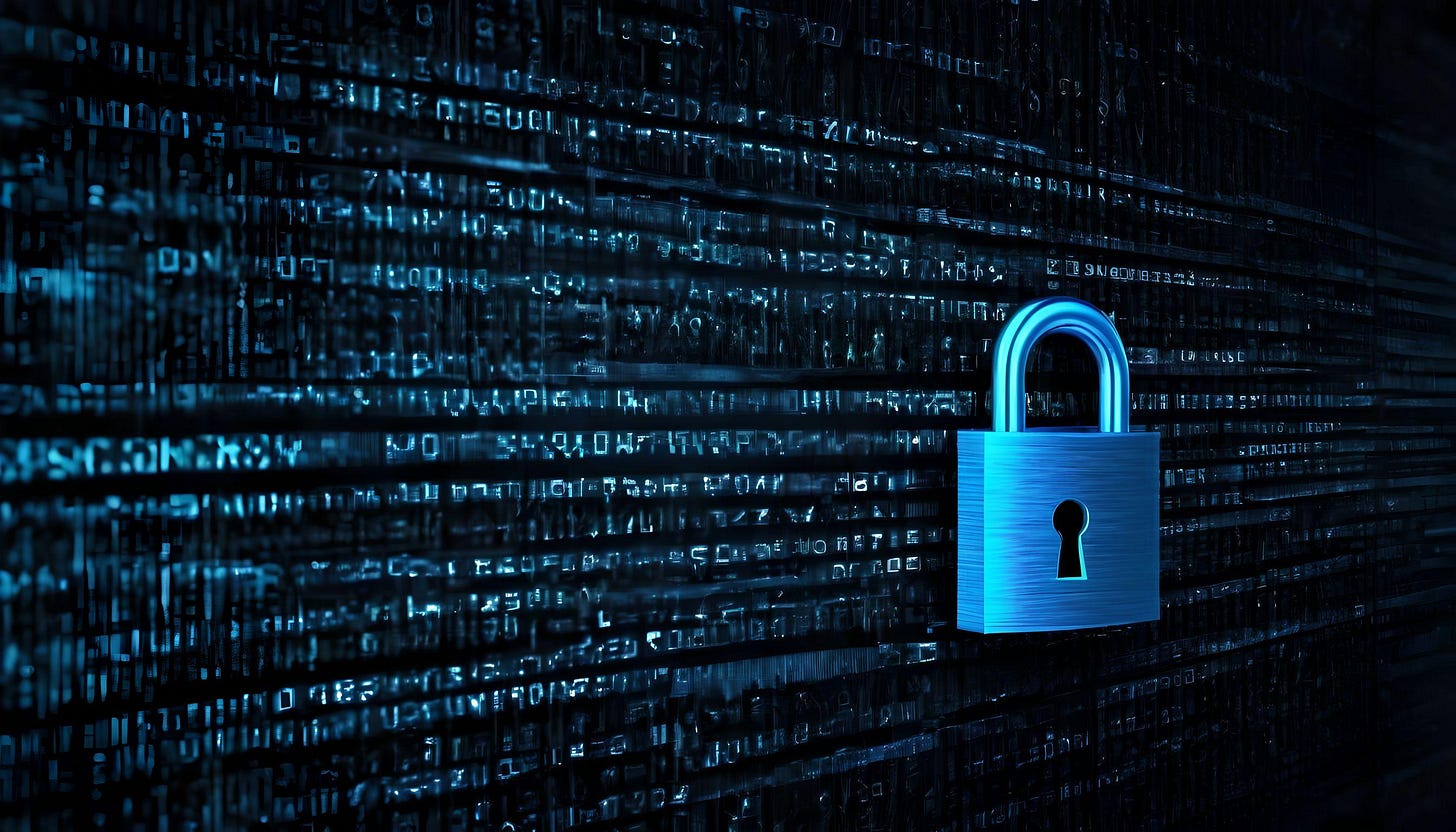Password Security and Authentication
Moving Beyond Just Passwords
Despite heightened cyber threat awareness, password-based authentication remains the primary access control for most online services. However, accelerating digitization, expanding valuable data, and frequent password database breaches mean depending solely on passwords as the last line of defence brings rising business risk today. Hence, enterprises now need layered safeguards for securing access - not just complex passwords, but modern protocols preventing further unauthorized system infiltration. This article discusses the limitations of lone password reliance and how multifactor authentication (MFA) mechanisms coupled with identity analytics significantly harden protection.
The Inadequacies of Password Security
Cybercriminals worldwide leverage massive processing power to crack password lists perpetually through brute force. Accidentally exposed master credentials from staff phishing or insider threats enable access bypassing passwords. Users continue adopting easily guessed, reused passwords across accounts regardless of enforcement policies.
Once hackers infiltrate networks through any of these methods, lateral movement inside systems relying on the same vulnerable password security grants complete control. The fundamental weakness of passwords remains rooted in static information, offering no proof of legitimate ongoing access. Where high-value data and infrastructure require advanced assurance, additional factors authenticating active users become critical.
Modern Authentication Advantages
MFA provides dynamic verification by requiring users to present multiple validating elements across three categories:
Knowledge – Passwords, PINs, security questions only they know
Ownership – Registered devices like phones, and FIDO keys they own
Inherence – Biometrics identifying inherent user traits, e.g. fingerprints
Requiring valid confirmations across factors makes impersonation exponentially harder, even with passwords cracked. Admins can selectively activate MFA for data-sensitive roles or actions like financial transactions based on access risk. Cloud apps and identity providers integrate these flexible controls today via open standards.
Some options, like SMS codes sent to registered mobiles, carry vulnerabilities; however, hardware tokens and biometrics prove more resilient choices when available. The core principles behind MFA remain to eliminate single-point failures and to ensure user authenticity with dynamic instead of static factors.
MFA + Behavioural Analytics: Powerful Together
Further security gains come from combining MFA with user behaviour analytics (UBA), using machine learning algorithms on access patterns. UBA builds historical models for each employee - determining normal levels for metrics like login locations, access timing, and resource access. Alerts detect real-time anomalies, allowing pre-emptive authentication challenges when risk indications arise.
For example, finance users attempting system login from unfamiliar overseas geographies at odd hours would face stepped-up MFA validation thanks to intelligent correlation. Such adaptive, risk-based authentication stops attackers from exploiting stolen credentials before real damage. With passwordless methods like biometrics and security keys replacing knowledge factors, MFA + UBA heralds the next evolution of identity assurance.
Enabling Enterprise Passwordless Future
The end goal for most organizations remains to remove easily targeted passwords from the security stack without hampering user experience. Password expiration policies bring limited returns, considering constant violent attacks and frequent reuse across personal/work accounts.
MFA and passwordless methods offer alternative paths - securing identity while maintaining workplace productivity with minimal disruption. Cloud single sign-on (SSO) capabilities already make secure application access easy. As standards and devices enabling authentication factors like biometrics, cryptographic credentials, and device attestation mature, eliminating passwords becomes possible at the enterprise scale.
Reliance on just password security as the last line of access defence brings intensifying risk with rapid digitization. MFA and adaptive authentication combined with passwordless methods usher stronger, smarter standards for verifying legitimate users while keeping attackers out. Please reach out for any other identity protection questions!


